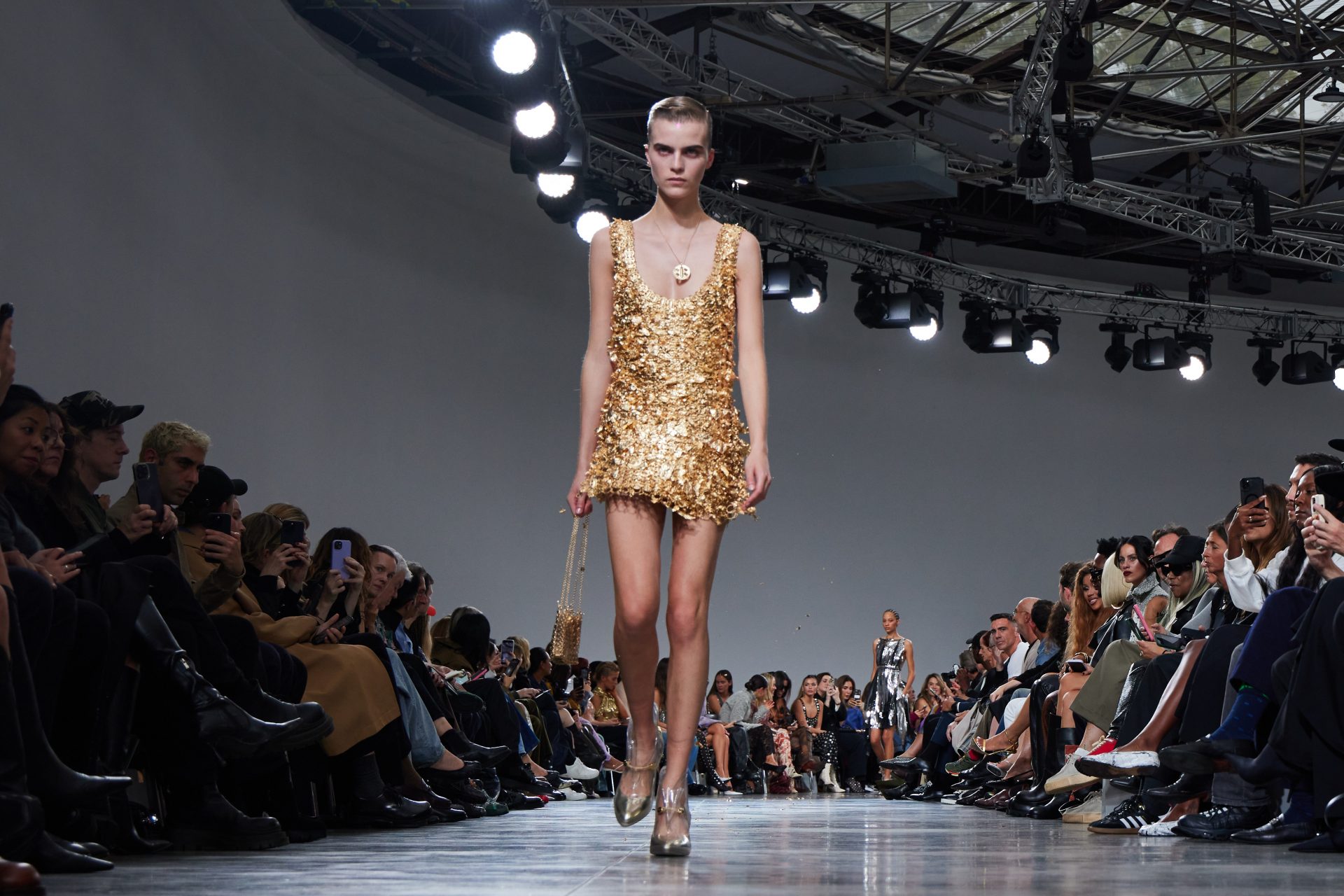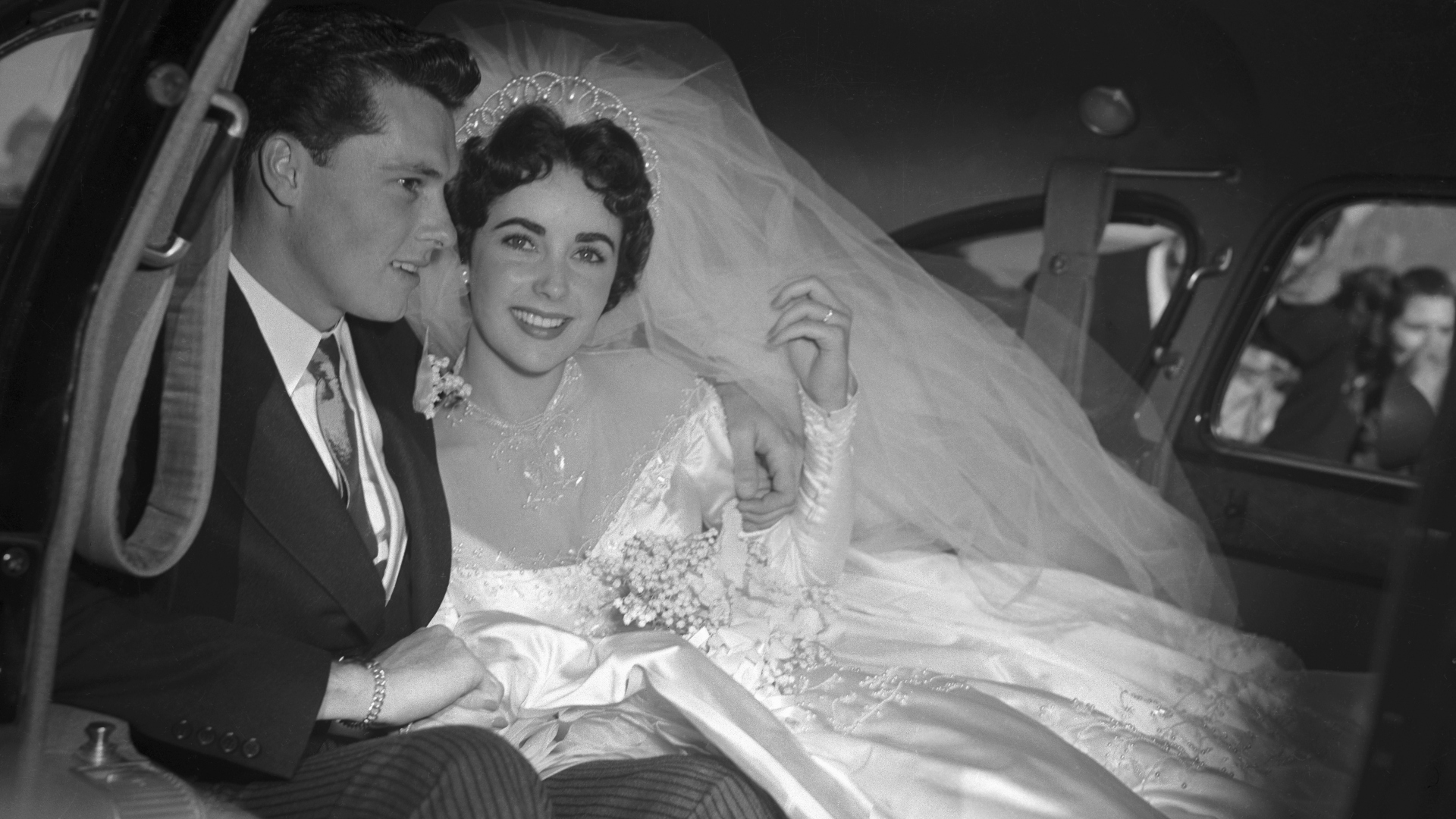The White Lotus: hidden messages in one of TV's best shows
Have you seen the HBO series 'The White Lotus'? There are two seasons with different casts and locations, telling stories about wealth, sex, and betrayal. Season 2 won the Golden Globe for Best Limited Series, while Jennifer Coolidge won the award for Best Supporting Actress.
The HBO series is depraved yet erudite. Intriguing and twisted. Buried within this modern tragicomedy is a host of symbols hinting at the characters' surprising fates. From the opening credits to allegoric art, the episodes left many easter egg-like clues to further stimulate discerning viewers.
Photo courtesy of Warner Media & HBO
This gallery dives into the meaning of the 'easter eggs' in the series. If you haven't seen 'The White Lotus' yet, stop reading and save this gallery. If you have seen it, read further to be amazed by all the hidden symbolism.
Warning: Spoilers ahead!
These vases, which make key appearances throughout Season 2, harken back to a local Sicilian legend from around the 12th century. In it, a young woman falls in love with an Arab man in Palermo. After realizing he was unfaithful, she decapitates her lover and uses his head as a vase to grow basil. This twisted tale of lust, violence, revenge, and decadence is clearly linked with the plot of Season 2.
Tayna (Jennifer Coolidge) goes to see Puccini's opera 'Madam Butterfly' in Palermo. It tells the story of a young Japanese woman named Cio-Cio-San (Madam Butterfly), who falls in love with an American naval officer named B.F. Pinkerton. Pinkerton only marries her for convenience and eventually abandons her. The opera ends with Butterfly taking her own life. Ring any bells?
Photo courtesy of Warner Media & HBO
'L'Avventura' is a 1960 Italian drama featuring the actress Monica Vitti. She's a celebrity Tanya wants to emulate on her romantic day out with Greg (Jon Gries).
One of Season 2's scenes, where dozens of men are ogling Harper (Aubrey Plaza) in a plaza, is an accurate recreation of the Italian film. As series' creator Mike White told Variety, "L'Avventura is about the desperate search for the meaning of life... Obviously, White Lotus touches on the malaise of wealthy people and that kind of search for meaning when you're just lounging by an infinity pool."
Photo courtesy of Warner Media & HBO
Tayna and Greg's room is filled with portraits of the active Sicilian volcano, perhaps foreshadowing danger to come. It could also be seen from the window of Ethan (Will Sharpe) and Harper's room, exploding during their final, passionate scene.
Mount Etna was also featured in the final scenes at the airport, this time, instead of in person, or as a highly-esteemed old painting; it is a banal image, perhaps symbolizing how memories fade after a holiday.
Photo courtesy of Warner Media & HBO
In Episode 3, Tanya asks a local fortune teller about her relationship. Once the local woman draws the tarot cards, she is notably disturbed. She tells Tanya her marriage is doomed and there may be another woman. Tayna then gets furious, accusing the Sicilian of being "too negative" and kicking her out. As the fortune teller leaves, she calls out: "La pazza ti portera al suicidio," warning Tayna about her fate.
Photo courtesy of Warner Media & HBO
While 'White Lotus' is the name of the fictional hotel chain that glues both seasons together, in 2021, Katrina Crawford, who co-created the Season 1 opening credits, shared her thoughts on the symbolism with Salon. "The white lotus flower in all these cultures stands for rebirth and other different things… It has roots in the mud, and yet is this gorgeous flower that presents itself beautifully at the surface."
Photo: Jay Castor / Unsplash
Series creator Mike White (whose name is in the show's title) told Vulture that the title 'White Lotus' came to him before the series itself.
Photo courtesy of Warner Media & HBO
This common ornament in Sicilian homes, symbolizing life force, fertility, and the divine, was all over the place in the White Lotus resort. The pine cone was also the pagan symbol of fertility, associated with the cult of the Roman goddess Cybele.
Photo courtesy of Warner Media & HBO
According to ancient mythology, Cybele discovered her lover was unfaithful and set to marry someone else. She burst into his wedding and sent her lover into temporary madness. He slashed himself and bled to death under a pine tree. Cybele's cult then introduced the practice of self-mutilation. Coincidence?
Art plays many roles in The White Lotus. It oozes luxury and adds a veneer of respectability to the deranged inhabitants of the Sicilian resort. It represents money, power, and the different rules of the 1%.
Photo courtesy of Warner Media & HBO
Art even plays a pivotal character in the sense that it is one of Quentin's (Tom Hollander's) primary driving forces for action, as he's out of money and desperate to preserve his palazzo.
Throughout the series' episodes, art historians have identified some interesting allusions made by some of the paintings.
Photo courtesy of Warner Media & HBO
This painting, which appears as Albie (Adam Dimarco) is sleeping with Lucia (Simona Tabasco), depicts Saint Sebastian tied to a column and shot with arrows. Some fans suggest that it symbolizes his innocence as he is clueless about Lucia's profession. It can also offer a hint of Albie's martyrdom as, in the end, he is successfully duped by the Sicilian.
Image: Vittoria Garibaldi: 'Perugino. Catalogo completo' / Wikimedia
After sneaking into the Di Grasso patriarch's (Murray Abraham's) room to shower, Lucia sees this painting on her way out. As if asking for forgiveness, she pauses to make the sign of the cross in front of her namesake saint. Saint Lucy was said to have been executed in Sicily for being a Christian. She allegedly had her eyes gouged out, but upon her burial, they were miraculously restored. In this image, she holds the eyes and a dagger, suggesting her power.
Image: Pinacoteca Nazionale di Siena / Wikimedia
If you watch closely, the opening credits, set to the theme song that DJs are now playing in nightclubs, can give the whole show away. The company behind the opening credits, Plains of Yonder, based the images on real-life frescos, and says on its website: "Themes and storylines are everywhere within these walls; sometimes humorous, sometimes profane, sometimes tragic…always beautiful."
Interestingly, each actor's name is related to an image that includes some serious foreshadowing. Did you crack any of the riddles?
Photo: actors Michael Imperioli and F. Murray Abraham playing a father and son of wealthy players. Courtesy of Warner Media & HBO
Her name appears next to a chained monkey and a damsel in distress. According to Artdependence magazine, in renaissance art, chained monkeys were used to symbolize men who were entrapped or bound by desires. Therefore, this image may suggest that Tayna was both trapped and, in a sense, trapping Greg's true passions.
Image: HBO via Youtube
The title of the actor who plays Albie foreshadows his preoccupation with pleasing young women. Here, a musician is playing to a reclined woman in front of a decrepit staircase. It also features a dog, often used in art to depict fidelity, faithfulness, protection, wealth, and unconditional love. Yup!
Image: HBO via Youtube
The name of the actress who plays the zen yet conniving Daphne appears next to two cherubs. This is also packed with meaning, as in episode 5, she drops the hint that her children may belong to her personal trainer, not her husband, the investment bro Cameron. Though it was never confirmed directly, this gives further reason to believe that the children give her an upper hand in the power dynamics of her marriage.
Image: HBO via Youtube
The image for the actress who plays Mia has a triumphant tone, foreshadowing her success in the week at the White Lotus. Far below the topless winged creature is the image for Jon Gries, who plays Tayna's husband Greg, riding with a woman on a suspicious-looking donkey.
Image: HBO via Youtube
The name of the actor who plays a lusty father seeking to change but is unable to overcome his "Achilles heel," appears next to an image of a man prostrating by a woman. That woman is throwing a jeweled necklace into the sea, clearly foreshadowing how the character eventually takes a step forward in getting his wife to take him back.
Image: HBO via Youtube
The credit for the actor who plays the slimy character of Cameron includes a dog peeing on a statue. In an interview with Mashable, co-creator Mark Bashore of the opening credit said Cameron is just as much the peeing dog as he is the statue. "That dog lifting its leg is a pretty excellent metaphor for toxic masculinity," said the artist.
Image: HBO via Youtube
The intro for the actress portraying Tanya's assistant Portia shows a fresco with a woman all alone with a goat. Indeed, her adventure ended similarly – alone. In renaissance paintings, goats also were linked to virility and lust, due to connections with goat-legged satyrs. That gives a pretty good idea of Portia's story.
Image: HBO via Youtube
In renaissance art, images of birds often represented sacrifice, resurrection, the soul, or death. Here, the actress who plays Harper has her name appear next to one bird attacking another. Does the attacking bird mean to symbolize Harper in her betrayal and hatred for her husband's friends? Or is it to represent the newfound passionate rivalry in her relationship with her husband Ethan? The theme of resurrection is very fitting.
Image: HBO via Youtube
The Italian actress who plays Lucia is represented by a feline clutching a dead bird in its jaws. Katrina Crawford describes her as a "gorgeous predator [who is] also "hunting to survive." And in the end, Lucia does more than just survive.
Image: HBO via Youtube
Next to the name of the actor who plays Portia's fling Jack, there's the allusion to his relationship with his "uncle." While this plot twist doesn't come out until episode 6, you can see it here, as clear as the sparkling Mediterranean Sea.
Image: HBO via Youtube









































